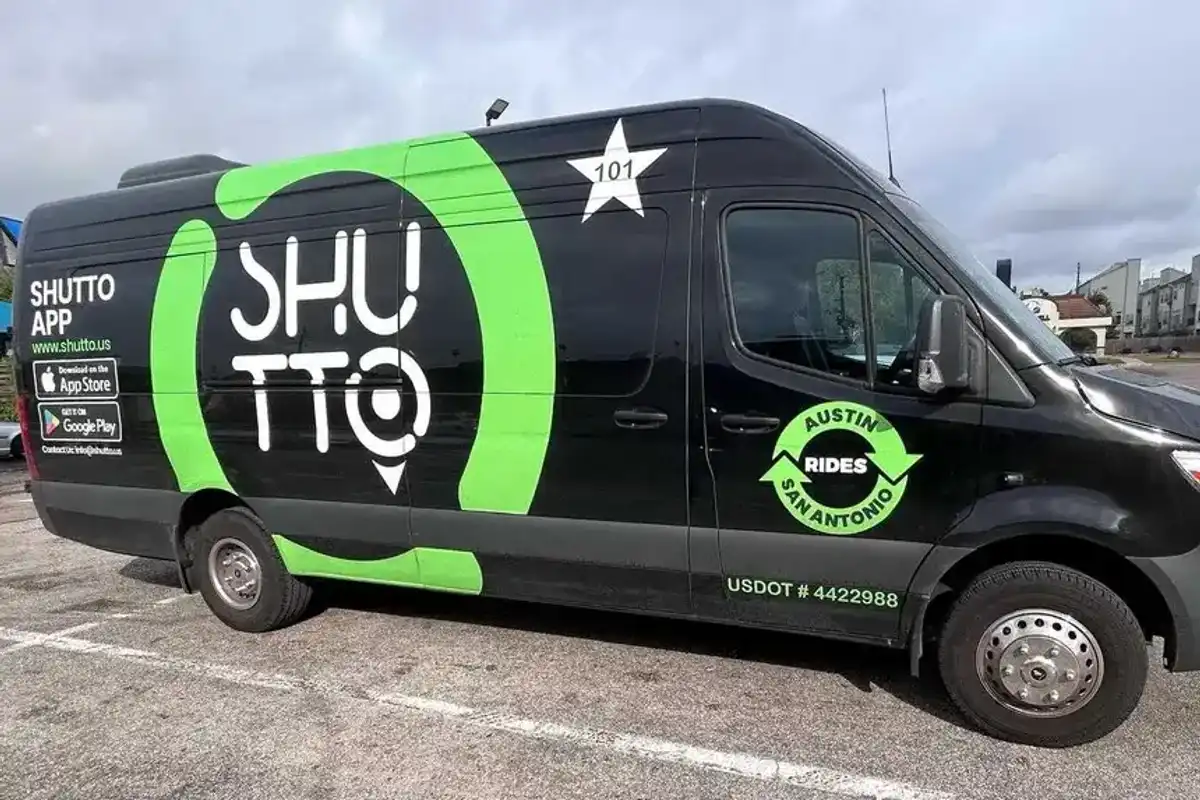A Houston-based medical device company born out of the Texas Medical Center has closed its series A round of funding.
Ictero Medical's oversubscribed $6 million round was led by MedTex Ventures, S3 Ventures, and an undisclosed strategic investor, according to a news release. The company's novel cryoablation system was designed to treat high-risk gallstone disease patients and provide a less invasive and lower risk alternative to gallbladder removal surgery — something over 1 million Americans undergo annually.
“Our technology provides an immediate solution for critically ill patients who currently have no good treatment options, and also has the potential to benefit healthier patients who want to avoid surgery,” says Ictero Co-Founder and CEO Matthew Nojoomi in the release.
Recently, Ictero Medical entered into a partnership with Houston medical device development firm Biotex. The collaboration provides the company with engineering resources and in-house manufacturing tools. Ictero also received capital support from MedTex Ventures through its Biotex Medical Device Fund.
“We are excited about working with the Ictero team to advance its technology, which we believe can significantly improve patient experiences and outcomes by providing a non-surgical alternative to treating gallbladder disease,” says Biotex CEO Ashok Gowda in the release.
The fresh funds will be put toward further product development and initial clinical testing.
“MedTex Ventures is enthusiastic about Ictero’s novel cryoablation technology and its potential to solve the unmet need of inoperable patients with gallbladder disease,” says John Fichthorn, CIO of MedTex Ventures, in the news release. “Equally important is the team. We believe the combination of Ictero and Biotex’s technical capabilities, alongside the support from key investors with commercial experience, such as S3 Ventures, position the company for long term success.”
Ictero was founded as a part of the Texas Medical Center’s Biodesign Fellowship program in 2018. Since launch, the company has received a Phase I NSF grant and closed a $1 million seed round co-led by the Texas Medical Center Venture Fund and Texas HALO Fund.
“Ictero is at the forefront of pioneering cryotherapy for gallstone disease, and S3 Ventures is excited about the potential for Ictero’s novel solution to rapidly bring an impactful outcome to patients,” says Kim Rodriguez, venture partner at S3, in the release. “Our research suggests a substantial opportunity to help patients suffering from gallstone disease who are dependent on drainage catheters or too sick for surgery. We are joining a solid investment syndicate in supporting a very capable team.”





